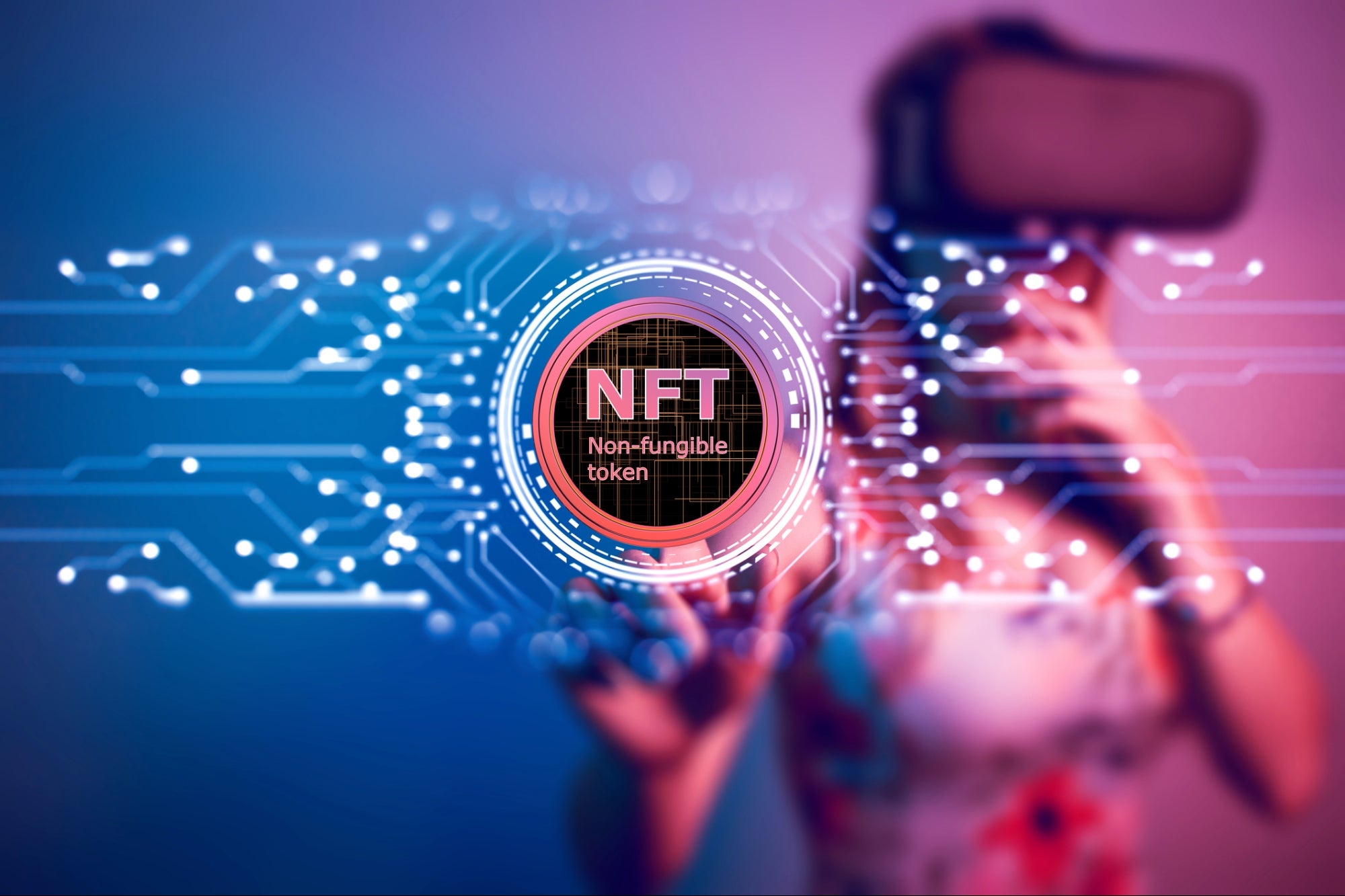It’s true that blockchain seems to be everywhere. With 2020 and 2021 largely being a dumpster fire for so many things in our world, it’s been truly heartwarming that something almost unheard of in 2018 has taken the world by storm. Blockchain has the power to transform even more than we can imagine, taking previously unsolvable problems and making short work of them. However, because it is new, not universally understood, and has billions upon billions being invested, there is also a need for caution.
A very intelligent, very financially savvy friend recently asked about both Bitcoin specifically but also blockchain as a technology. He said “I see the hype. I see the investment opportunities. But I just don’t understand what blockchain is good for. What does it do, and why should I care?”
This strikes at the core of blockchain and its struggle to reach mass adoption. There is a disconnect between the financial incentives of a speculative investment, and a technology that can actually improve the world. In a sense, we are in a time loop, repeating the Dotcom Boom of 2000, where money was thrown into new URLs with reckless abandon, growing until the bubble burst. But like the Dotcom Boom, for every money-grab project there was another project with true utility; it just took society a few years to mature to the idea and be able to tell the difference.
To answer my friend’s question—and probably the same question for many of us—let’s look at two use cases that show exactly what IS blockchain good for (outside of financial speculation). To raise the stakes, we are going to look at the medical field, and several problems that have cost untold lives over decades—with very little in the way of improvements. Let’s see how the nature of blockchain technology can offer simple, elegant solutions and literally save lives.
Use Case 1: USA’s Medical Data House of Cards
The US is a world leader in so many things. However, it is dead last in the category of “Countries Wealthy Enough to Have Great Healthcare for All”. We won’t get into the reasons for this here, but a key issue lies in the data. Specifically, patient data: How it is stored, how it is used, and how it is protected. For those who live in countries with a more seamless medical system, you may not be aware of the severe disconnects that exist for medical data in the US.
The problems are many. Patients often have to use a fax machine (yes, really) to send and receive medical documents. Depending on the healthcare provider, it can take weeks or months to send patient data from one provider to another, and this often relies on the patient proactively forcing the process. Obviously, delays like this have caused medical providers to miss crucial information, and lives have been needlessly lost as a result. Ironically, even though it can be painful for a patient to get access to their own information, it seems that hackers have a much easier time of it, having committed a growing number of data thefts and stealing extremely sensitive information about both patients and facilities.
There is a solution, and one that doesn’t require the entire healthcare system to be scrapped. Blockchain is very good at a number of things, and one is keeping data verified as authentic, and secure when it is on-chain. This alone is helpful, but the true solution for medical data is the addition of Multi-Party Computation (MPC), which allows different parties—say, a patient and their medical provider—to communicate, share sensitive information, and use it to make the correct medical decisions, all without having to share their sensitive information. Combined with the blockchain, MPC allows patients to be the sole owners of their data. It allows them to choose what medical facilities to share their data with, and for how long. Most importantly, it ensures that if a data hack does occur in a medical facility, the patient’s data is still encrypted and inaccessible. MPC technology has been actively developed since the 1980’s, but its pairing with blockchain has transformed the number of data-related problems it can solve, ensuring that data can be shared without giving up control or protection.
Read the full story here.




